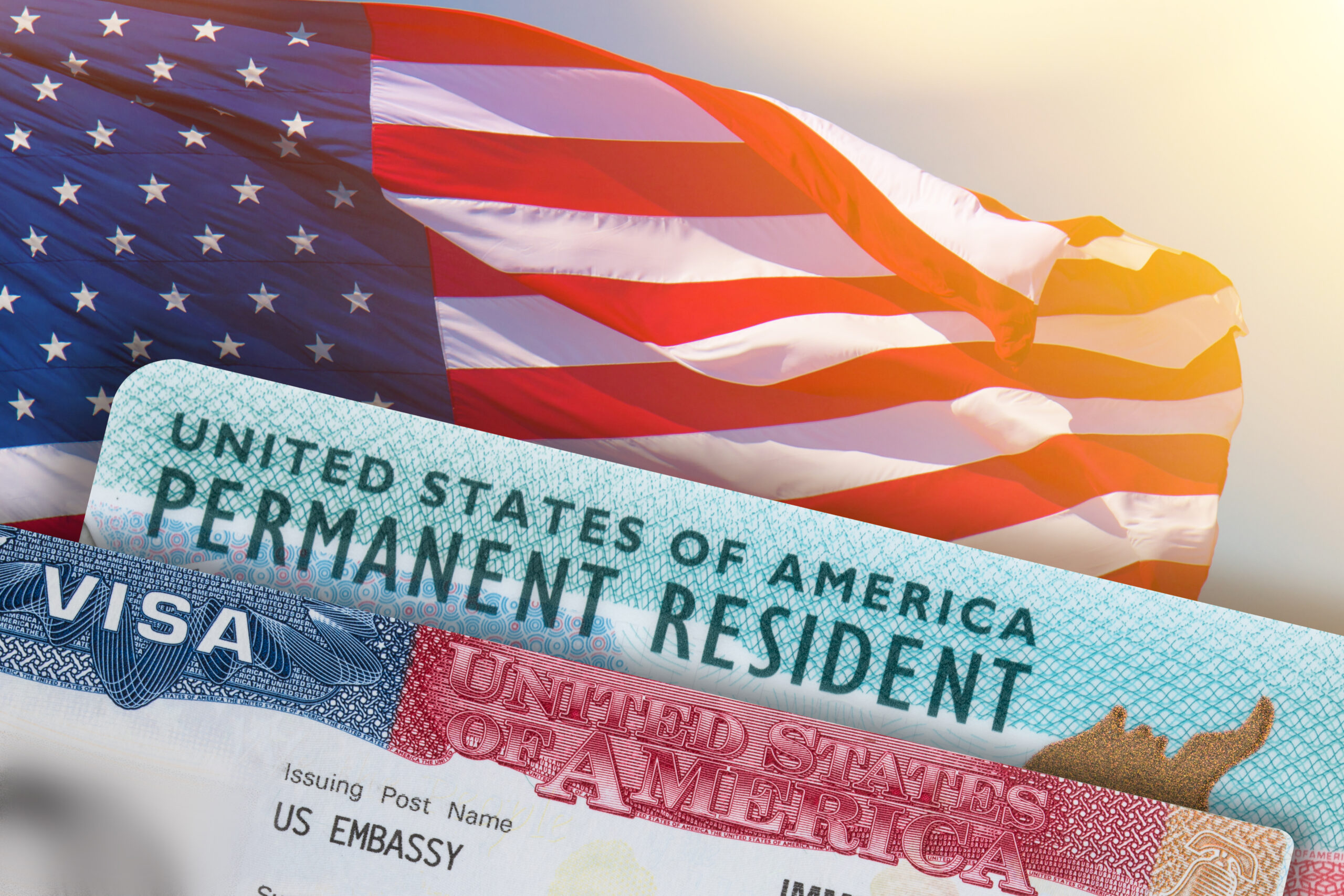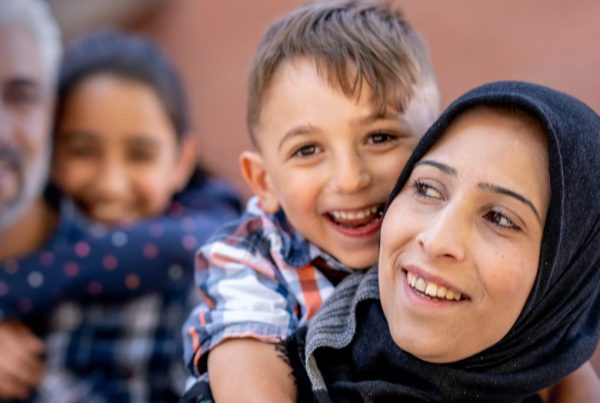- knowledg3
- Federal, Immigration
- December 16, 2020
In states where anti-immigrant policies have hardened over the years, community leaders knew discretion often outweighed visibility. Their work began in trusted spaces—union halls, food banks, and clinics—where residents gathered not only for resources but for reassurance. Volunteers offered more than legal aid; they offered strategies. They trained neighbors to respond to raids, document abuses, and protect vulnerable families. These grassroots networks didn’t seek media attention. Their goal was survival.
What distinguished 2025 was not only the persistence of these networks but their coordination. Unlike previous waves of protest, this movement thrived on synchronization. When a school district in Texas introduced biometric ID scanning, immigrant families in New York organized a simultaneous response. Digital tools supported the organizing, but trust kept it alive. Each action reinforced another, slowly weaving a web of solidarity too connected to ignore.
In early 2025, immigrant communities across the U.S. mobilized with renewed energy, led by organizers who had once marched as teens. Through grassroots efforts—WhatsApp groups, church meetings, and kitchen-table talks—they built a unified movement demanding rights over rhetoric. Their protests, from small towns to major cities, marked a reclaiming of power in a debate long dominated by others.
The immigrant rights movement in 2025 wasn’t led by nationfigures—it was shaped by those most affected. In Minneapolis, high school students walked out to protest a classmate’s detention. In Georgia, undocumented farmworkers organized a week-long strike. These weren’t isolated incidents. They were signals that the grassroots had matured. Parents who once feared stepping into the public eye now held press conferences. Elders gave interviews. Teenagers ran media accounts with clarity and force.


By amplifying lived experience, the movement challenged outdated narratives. Immigrant voices, long misrepresented, were now documenting their reality firsthand. Videos circulated of peaceful protests disrupted by aggressive enforcement. Petitions gathered tens of thousands of signatures overnight. Every new voice made the cause more difficult to marginalize. What once was dismissed as anecdotal had become collective testimony—irrefutable and consistent.
While public protest gained momentum, legal action moved in parallel. Grassroots legal teams challenged municipal ordinances and state laws designed to intimidate non-citizens. In courtrooms from San Diego to Charlotte, advocates argued that federal overreach and discriminatory enforcement violated constitutional protections. Wins came slowly, but they came—reversals of surveillance mandates, halts to mass data collection, and rulings affirming sanctuary policies.
These legal victories weren’t spontaneous. They were built on documentation, witness testimony, and pressure from local coalitions. Grassroots power meant more than slogans. It meant showing up at zoning meetings, helping elect city council members, and translating policy for neighbors. In 2025, resistance became procedural. Activists didn’t just protest outside institutions; they began reshaping them from the inside.
National media eventually caught on, but only after local coverage pushed the story. Independent journalists and immigrant-led outlets documented the resistance early and often. Their work challenged mainstream coverage that had long framed immigration through a lens of crisis. Instead, stories now centered community resilience, civic engagement, and legal innovation. This shift forced a broader public reckoning.
Policy debates at the federal level began to reference local action. Congressional hearings included testimony from high school organizers and neighborhood leaders. While sweeping reform remained elusive, the narrative changed. Immigration wasn’t just about borders and enforcement. It was about rights, families, and fairness. The movement, rooted in neighborhoods, had reached the national stage—not through spectacle, but through steady work.
By the end of spring 2025, the immigrant rights movement had redefined itself—not as a reaction to policy, but as a proactive force. It remained decentralized, multilingual, and diverse. This wasn’t its rebirth—it had never disappeared. But it had grown smarter, more interconnected, and more confident in its own voice.
From backyards to courthouses, the message stayed clear: immigrant rights are human rights. And that truth, repeated across states and stories, gained force. What began in quiet corners now shaped national consciousness. Grassroots power, often underestimated, once again proved impossible to ignore.

